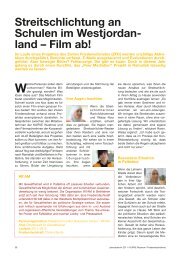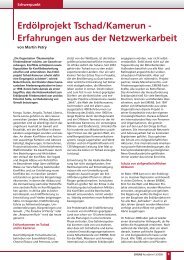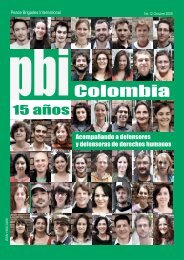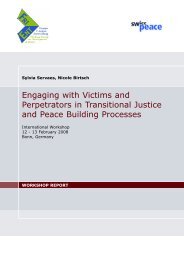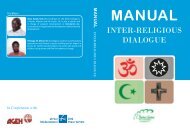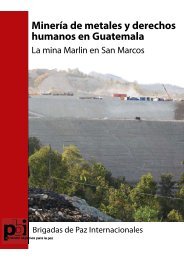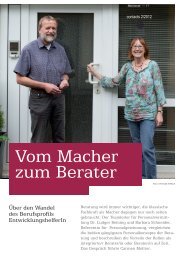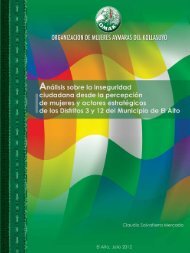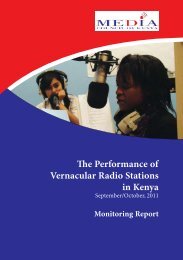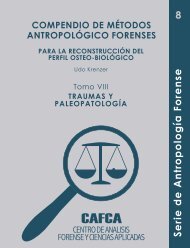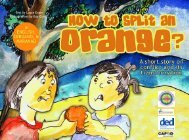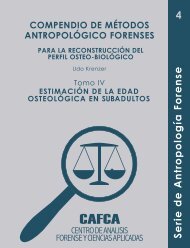Merging Ethiopian Wise-Counsel Mediation and Facilitative ...
Merging Ethiopian Wise-Counsel Mediation and Facilitative ...
Merging Ethiopian Wise-Counsel Mediation and Facilitative ...
- No tags were found...
Create successful ePaper yourself
Turn your PDF publications into a flip-book with our unique Google optimized e-Paper software.
II.2Commonalities <strong>and</strong> Differences between <strong>Wise</strong>-<strong>Counsel</strong> <strong>Mediation</strong> <strong>and</strong> <strong>Facilitative</strong> <strong>Mediation</strong>> > Both involve a third party to mediate conflicts.> > The final solution is intended to benefit all the parties (win-win).> > Both aim to restore peace among the conflicting parties.<strong>Wise</strong>-<strong>Counsel</strong> <strong>Mediation</strong>> > Mediators are respected persons/elders from within the society.> > Mediators take initiatives, make suggestions or decisions.> > Shuttle sessions are considered as a key to breakthrough. 12> > The process often focuses on fact-finding or“"searching the truth".”> > Ceremonies such as h<strong>and</strong>shaking, sharing foodor hugging each other; or symbolic acts, such asslaughtering a calf are vital components of the processin order to formalise <strong>and</strong> sustain agreements.=<strong>Facilitative</strong> <strong>Mediation</strong>> > Mediators are external <strong>and</strong> trained professionals.> > Mediators only facilitate the process <strong>and</strong> supportthe parties in generating their own solutions.> > Shuttle sessions are used to prepare, but joint sessions arepreferred since the aim for each party is to communicateits needs <strong>and</strong> interests to the other party. The breakthroughis the ability of the parties to change their perspective.> > The process puts emphasis on the explorationof needs, interests <strong>and</strong> fears <strong>and</strong> subjectiveperceptions rather than on "objective truth".> > The process follows systematically-different stagesof mediation <strong>and</strong> a written document is often thekey instrument used to formalise agreements.12 In a shuttle session the mediator talks to the conflicting parties in separate turns. He or she "shuttles" between them. It is used when the parties are notyet ready to face each other. See Chapter III.8 The use of Shuttle <strong>Mediation</strong> in Early <strong>Mediation</strong> Stages <strong>and</strong> in Escalated Conflicts, on page 76.16 <strong>Mediation</strong> Trainer’s Manual



